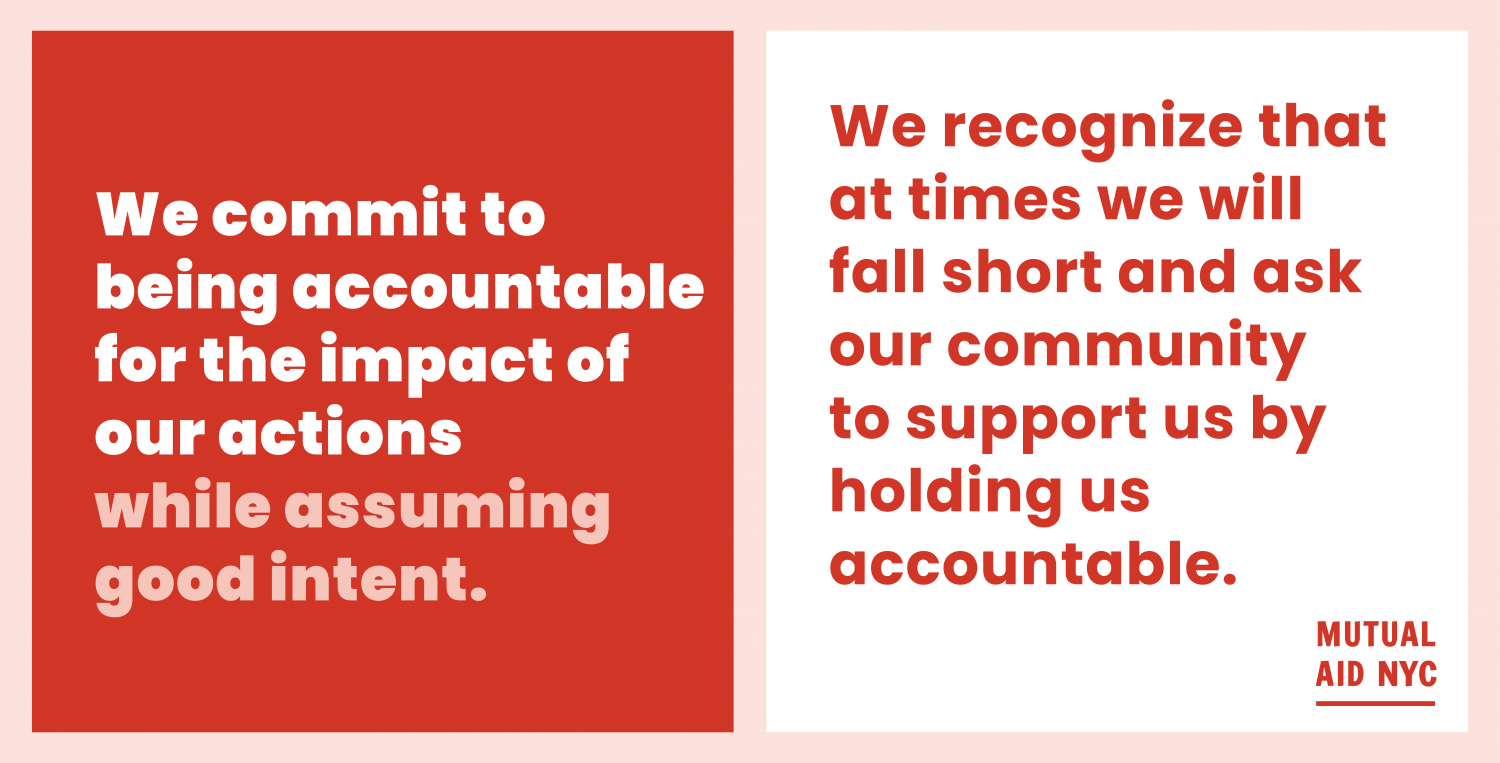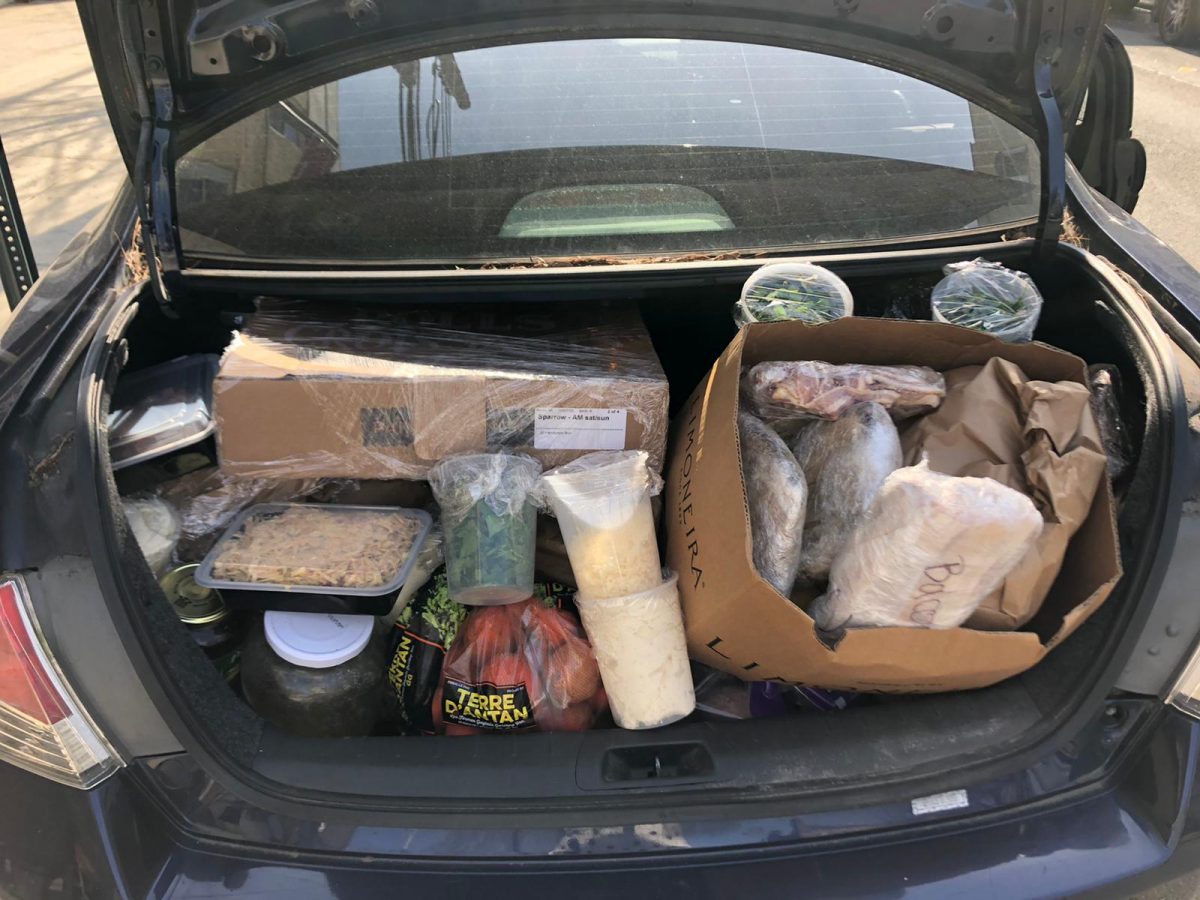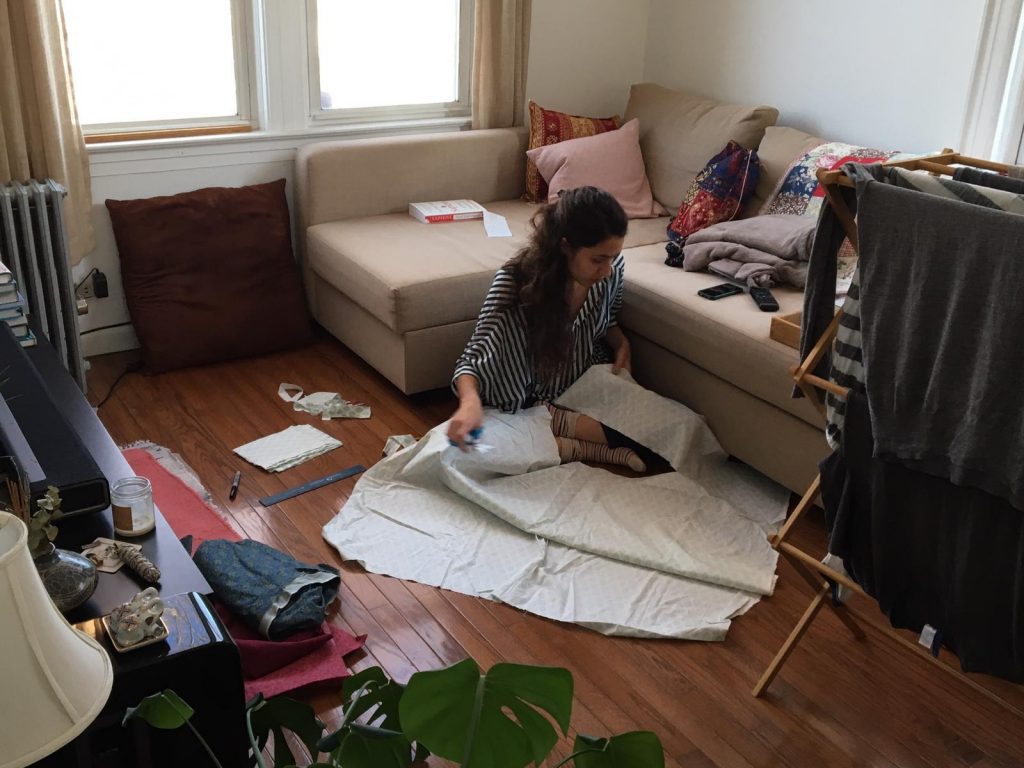Dear MANYC Community:
Here are some urgent calls to action we are hearing from Black leadership across NYC.
We share this info in the spirit of self-determination, and we encourage you to follow your conscience as you decide how you want to engage.
Remember: There are many ways to be in the struggle beyond the streets, and the work we do to support Black neighbors via mutual aid is part of the long-term work of mending the damage of hundreds of years of oppression and building better structures for the future.

Defund NYPD + Repeal 50-A
Time-sensitive: Two decisions re: the police system are on the table in city budget conversations this week:
- NYC’s City Council is discussing next year’s NYPD budget
- New York’s Legislature is considering repealing Section 50-A, known as the “Police Secrecy Law.”
Right now, Mayor de Blasio has proposed a budget for 2021 that cutseducation, social services, and youth program funding, while keeping the NYPD fully funded at $6 billion dollars.
There are many ways that the city can easily cut the NYPD budget and use those funds instead to support our communities.
Reducing the NYPD budget by $1 billion – or about 17% – would provide necessary funds for food, housing, and social services. This is a direct link to MANYC’s work.
Take action: Make calls!
- You can find the script for you to use when you make your calls here. // Register here if you’re going to make calls.
- Find your City Council rep / all your city, state and federal reps.
- Full scripts to use for calls about 50-A
Take action: Share your testimonies!
- Recall a troubling incident involving NYPD – whether you experienced it personally or heard from someone seeking support on the hotline.
- Record a short video or audio clip (30 to 60 seconds) describing what happened.
- Try to give context: Was a person of color, an immigrant, an undocumented person, or LGBTQ person involved?
- Include whatever personal information you are comfortable with – such as your first name, organization you were representing at the time, the general location – without putting yourself or someone else at risk.
- Email the file to Leo Ferguson leo@jfrej.org at Jews For Racial and Economic Justice.
How to Participate in Street Actions:
Learn before you go. Show up prepared.
- BLM’s extensive list of resources for Protesters
- Jail Support: How To
- Guidelines for Copwatch During COVID 19 (Justice Committee)
- A Guide to recording the police and ICE
- Know Your Rights – Communities United for Police Reform
- If someone you know gets arrested and you need help locating them, contact Good Call NYC and Creature Friend Finder.
- Follow @justiceforgeorgenyc on Instagram for tips on where to go.
Safety for Street Actions
We thank you. We support you. Be safe out there.
- Astoria Mutual Aid Network has put together a printable leaflet for protestors to know their rights and practice safe protesting.
- Safe action protocols when participating in protests
- Surveillance Self-Defense for Attending a Protest from the Electronic Frontier Foundation
- Nourish NYC – Black-led initiative providing protest equipment (PPE, Water, Food, Cash Assistance)
Talk to non-Black people you love about structural racism.
Some helpful compilations of resources:
- BLM Guide to Allyship
- This Is Not A Riot! A Reading List for Talking to Moderate Friends & Loved Ones (MANYC)
- Trevor Noah breaks it down.
Donate
- Bail Funds/Legal Help by City
- https://emergencyreleasefund.com/ ← focused on lgbtq humans
- Equality for Flatbush
- Free Them All for Public Health
- Survived and Punished
FTP
- Donate to their bail fund here: @FTP4BAILFUND.
Thank you for doing your part to support our Black neighbors.
In solidarity,
Mutual Aid NYC



